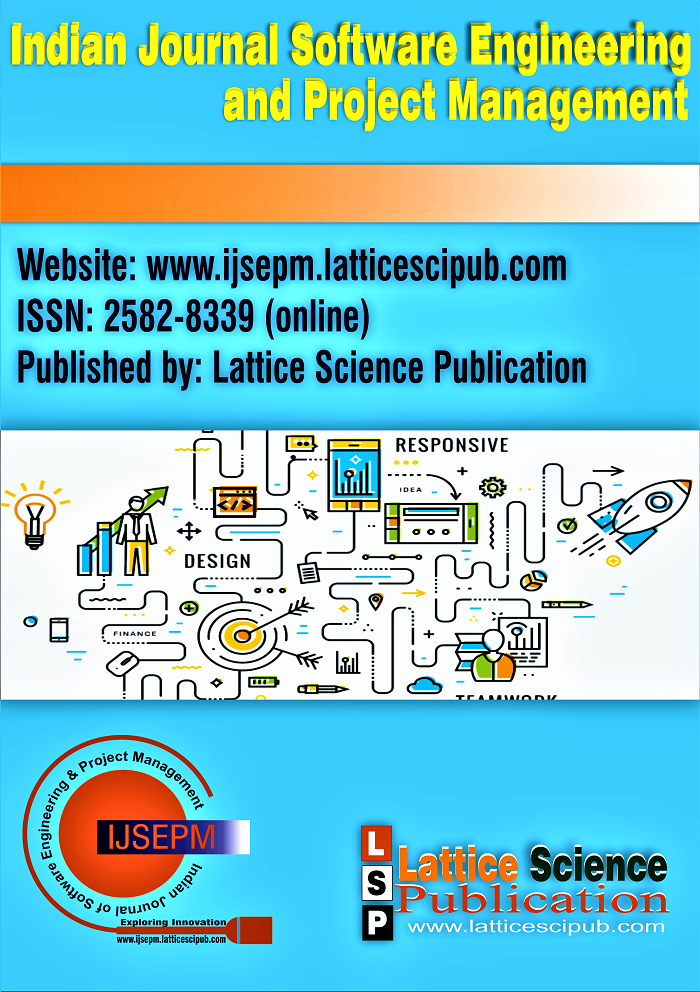Sign Language Recognition System
Main Article Content
Abstract
We witness many people who face disabilities like being deaf, dumb, blind etc. They face a lot of challenges and difficulties trying to interact and communicate with others. This paper presents a new technique by providing a virtual solution without making use of any sensors. Histogram Oriented Gradient (HOG) along with Artificial Neural Network (ANN) have been implemented. The user makes use of web camera, which takes input from the user and processes the image of different gestures. The algorithm recognizes the image and identifies the pending voice input. This paper explains two way means of communication between impaired and normal people which implies that the proposed ideology can convert sign language to text and voice.
Downloads
Article Details

This work is licensed under a Creative Commons Attribution-NonCommercial-NoDerivatives 4.0 International License.
How to Cite
References
Kang, Byeongkeun, Subarna Tripathi, and Truong Q. Nguyen. "Real-time sign language fingerspelling recognition using convolutional neural networks from depth map." Pattern Recognition (ACPR), 2015 3rd IAPR Asian Conference on. IEEE, 2015. [CrossRef]
H, Chai X, Zhou Y, Chen X. Fast sign language recognition benefited from low rank approximation. 2015 11th IEEE International Conference and Workshops on Automatic Face and Gesture Recognition, FG 2015. 2015.
Pallavi Gurjal, Kiran Kunnur, “Real Time Hand Gesture Recognition using SIFT”, International Journal for Electronics and Engineering, 2012, pp 19-33.
Yves Dufournaud, Cordelia Schmid, Radu Horaud, "Matching Images with Different Resolutions", International Conference on Computer Vision & Pattern Recognition (CVPR '00), 2000, pp 612-618
Mitchell, Ross; Young, Travas; Bachleda, Bellamie;Karchmer, Michael (2006). "How Many People Use ASL in the United States?: Why Estimates Need Updating" (PDF). Sign Language Studies (Gallaudet University Press.) 6 (3). ISSN 0302-1475. Retrieved November 27, 2012. [CrossRef]
T.Starner and A. Pentland. Real-Time American Sign Language Recognition from Video Using Hidden Markov Models. Computational Imaging and Vision, 9(1); 227-243, 1997. [CrossRef]
LOKHANDE, Priyanka; PRAJAPATI, Riya; PANSARE, Sandeep. Data gloves for sign language recognition system. International Journal of Computer Applications, 2015, 975: 8887.
HORE, Sirshendu, et al. Indian sign language recognition using optimized neural networks. In: Information technology and intelligent transportation systems. Springer, Cham, 2017. p. 553-563. [CrossRef]
ENTICOTT, Peter G., et al. Emotion recognition of static and dynamic faces in autism spectrum disorder. Cognition and emotion, 2014, 28.6: 1110-1118. [CrossRef]
HL, Dhanush Gowda, et al. Face Recognition based Attendance System.





